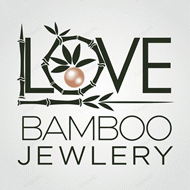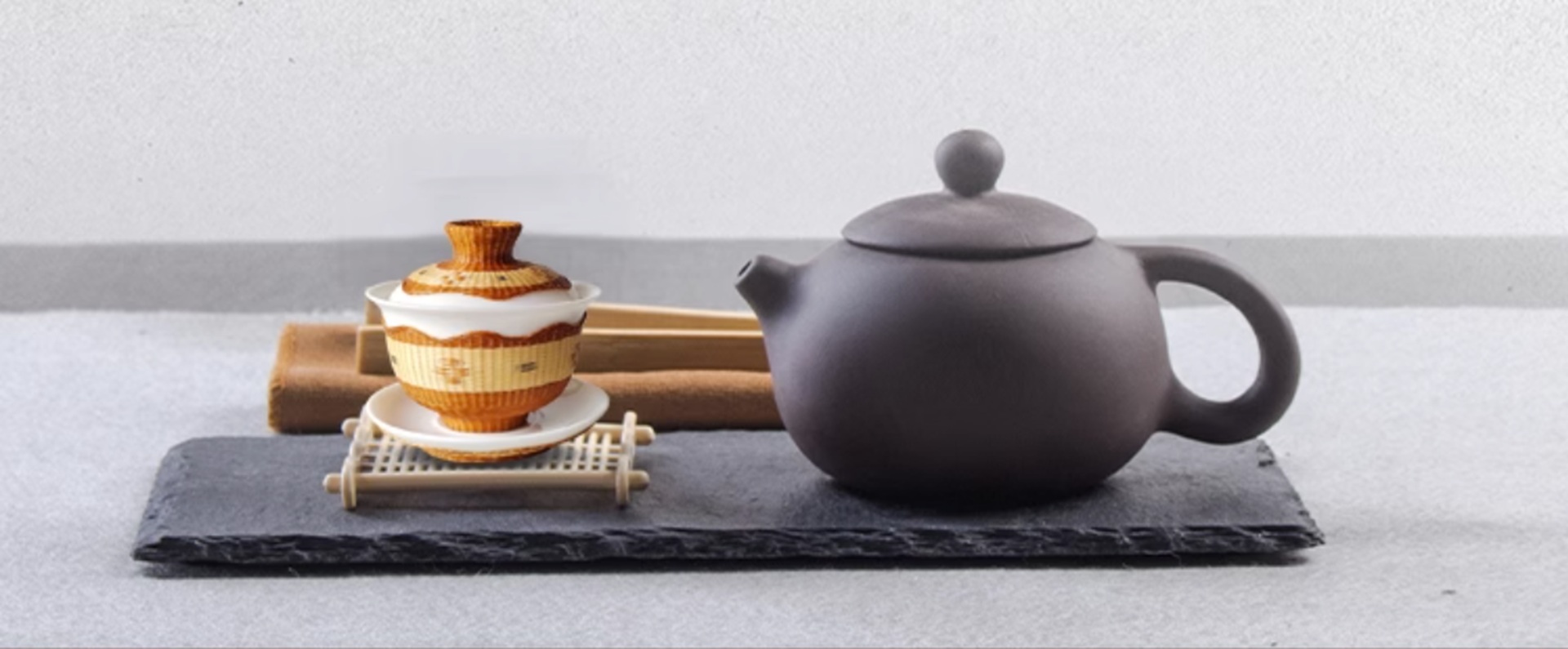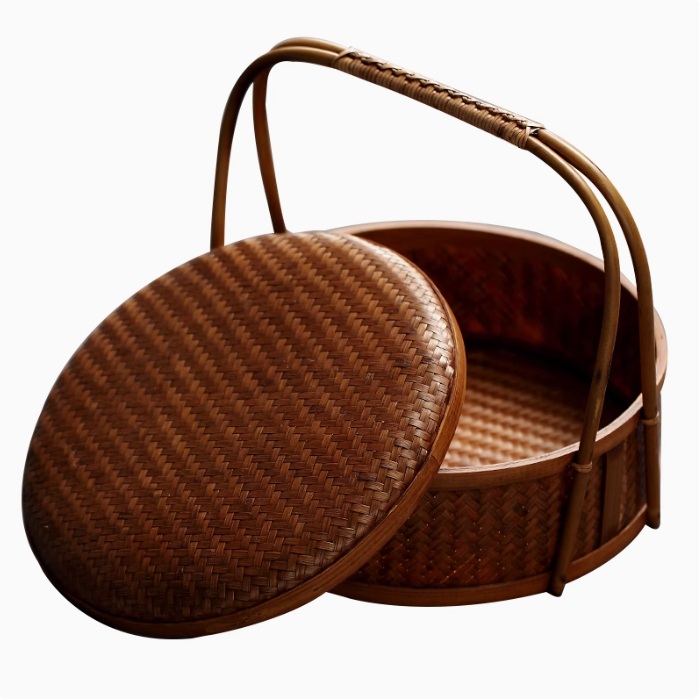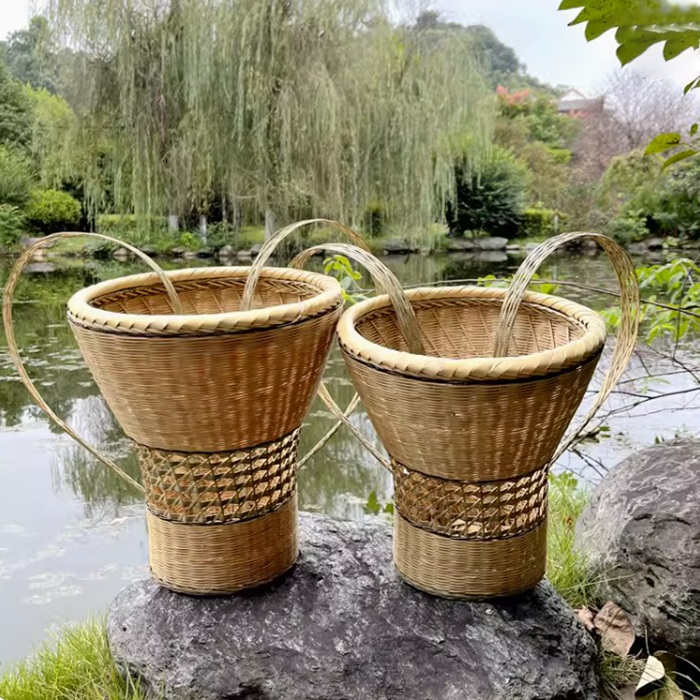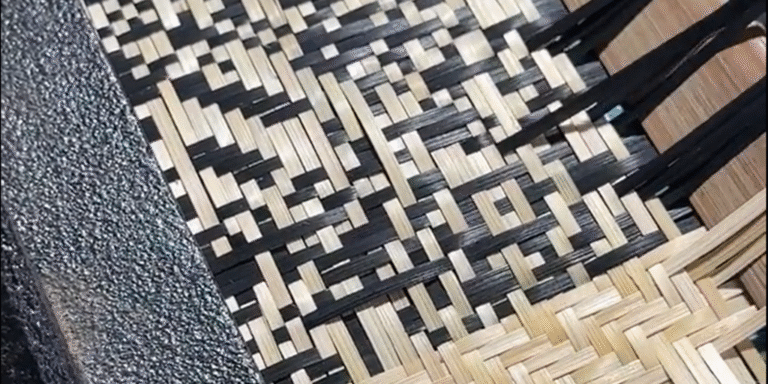Chinese Intangible Cultural Heritage Bamboo Weaving: A Millennium Skill on Your Fingertips
Historical Origin
Bamboo weaving is one of the oldest handicrafts in China, dating back to the Neolithic Age. Archaeological discoveries show that early humans used bamboo strips to weave baskets, baskets and other utensils to store food, and bamboo gradually became the main material due to its strong elasticity and toughness. During the Shang Dynasty, the patterns on pottery imitated the square patterns and volute patterns of bamboo weaving; during the Warring States Period, the bamboo weaving technique developed further, and fine products such as bamboo mats, bamboo curtains, and bamboo boxes appeared. In 2008, bamboo weaving was included in the second batch of national intangible cultural heritage lists, highlighting its profound cultural value.
Crafts and classification
Traditional bamboo weaving requires six major processes: cutting bamboo, breaking bamboo strips, trimming bamboo strips, dyeing bamboo strips, weaving, and shaping. Among them, weaving is the most critical, including three processes: starting the base, weaving, and locking the mouth. Craftsmen use the warp and weft weaving method, combined with techniques such as sparse weaving, interlacing, and locking, to form rich patterns such as pepper leaves and plum blossoms. Bamboo weaving is mainly divided into:
- Fine-wire bamboo weaving (such as porcelain-based bamboo weaving), which is famous for its fineness. The bamboo silk is as thin as hair and is woven tightly against the porcelain body into tea sets, vases, etc.;
- Coarse-wire bamboo weaving, used to make bamboo baskets, dustpans and other daily necessities, combining practicality and artistry.
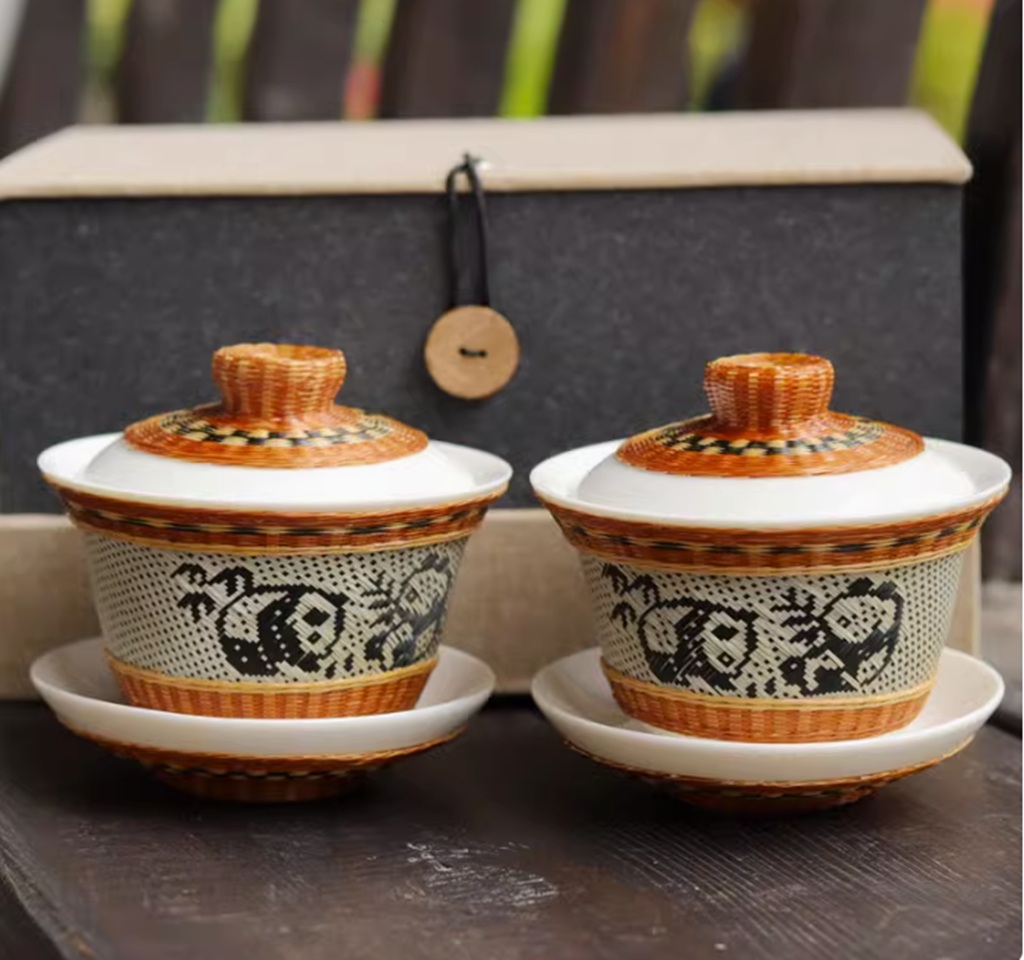

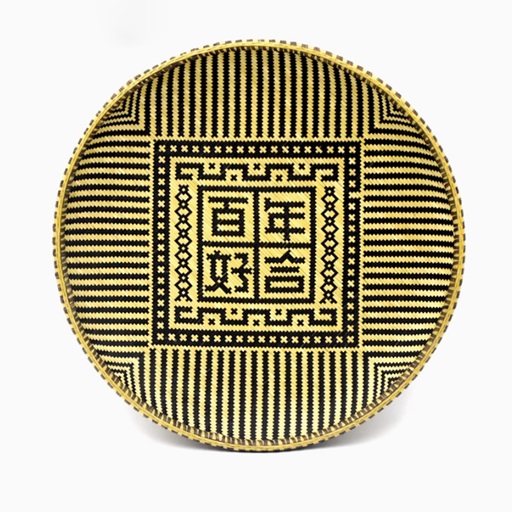
Modern inheritance and innovation
With the development of industry, traditional bamboo weaving faces challenges, but many inheritors are promoting its revival. For example, Li Fengying from Hubei innovated the “Tujia fine bamboo weaving”, which helped poor households get out of poverty and the products were sold overseas; Hu Tingxian from Hunan integrated bamboo weaving into tourism and architecture, creating iconic works such as giant bamboo backpacks. In addition, bamboo weaving skills have entered campuses to attract the younger generation to learn and ensure that this thousand-year-old skill is passed on from generation to generation.
Bamboo weaving is not only a skill, but also a manifestation of the Chinese cultural concept of “harmony between man and nature”. It connects the past and the present, is reborn in innovation, and continues to convey oriental wisdom and aesthetics to the world.
